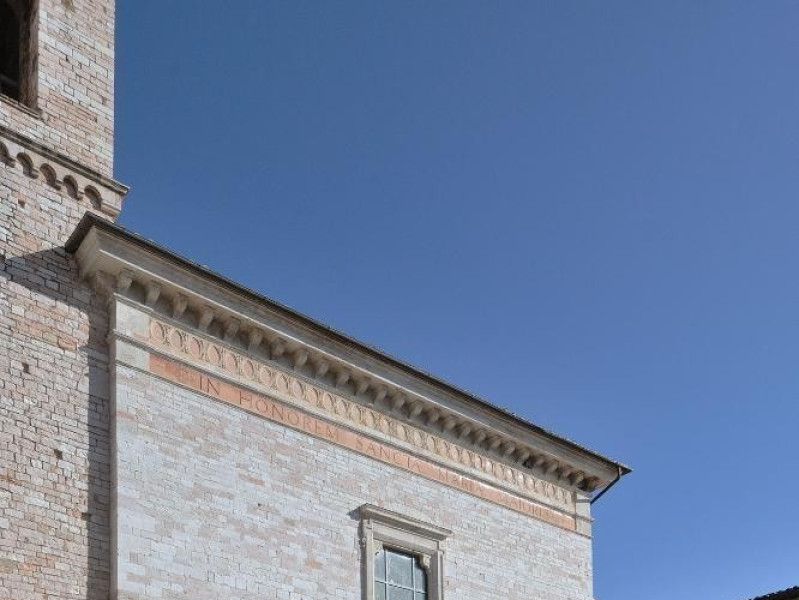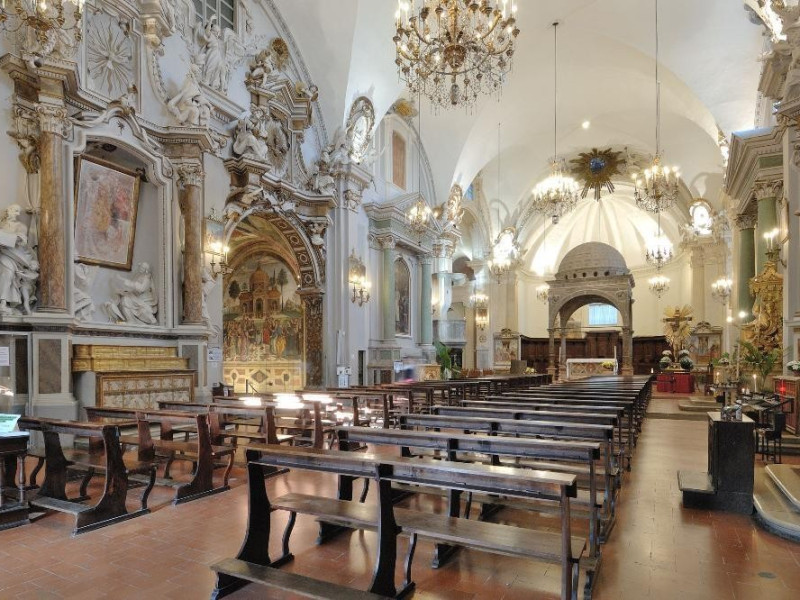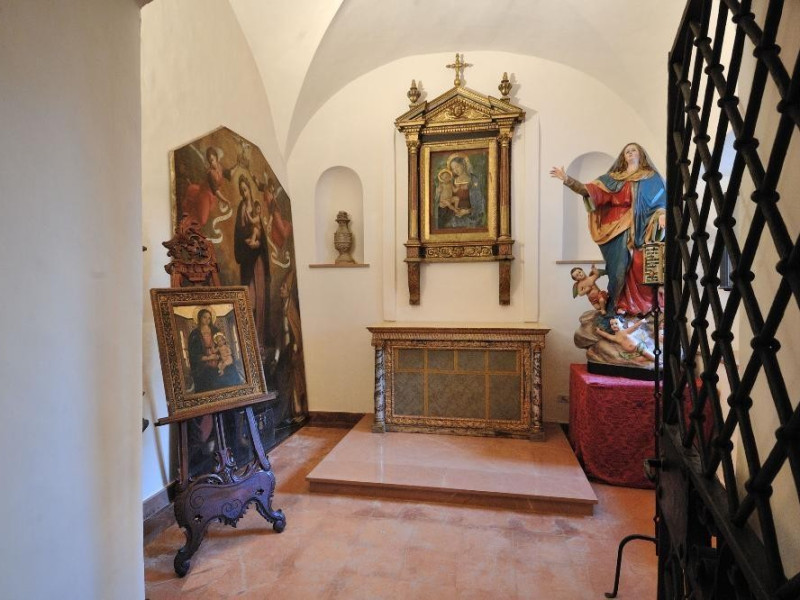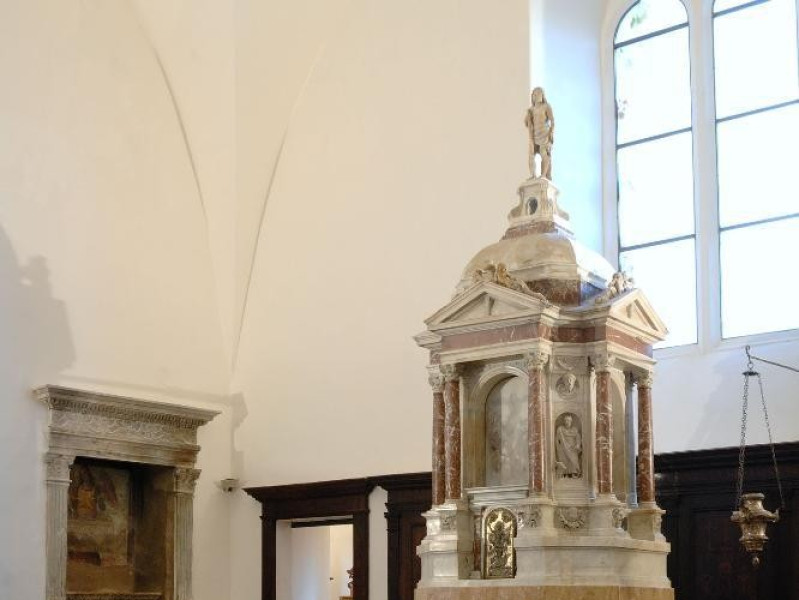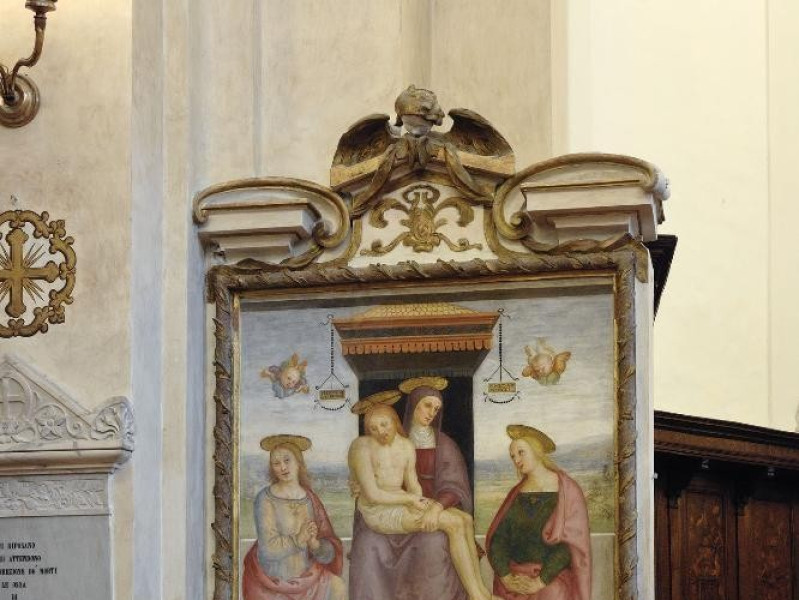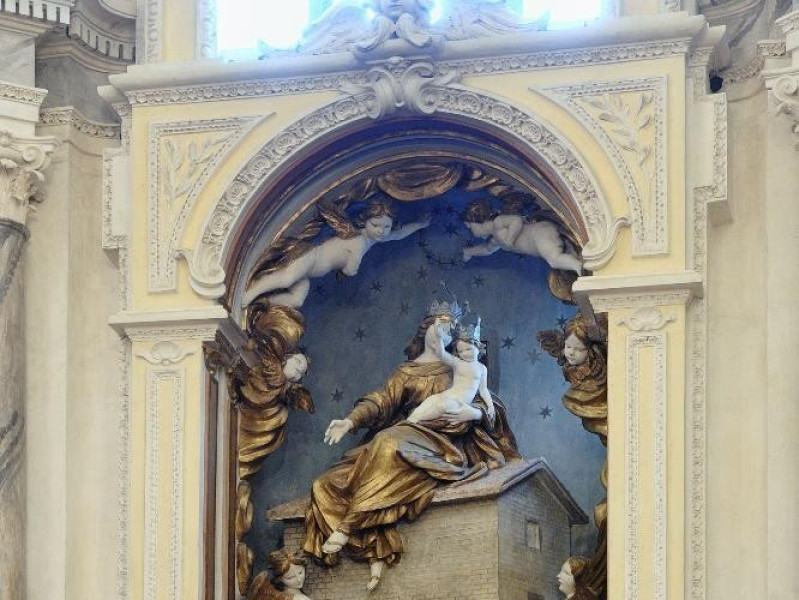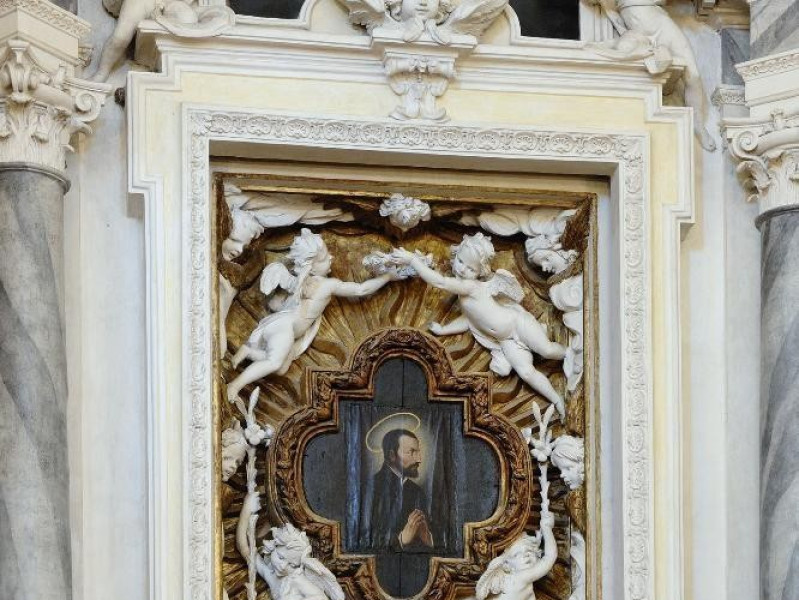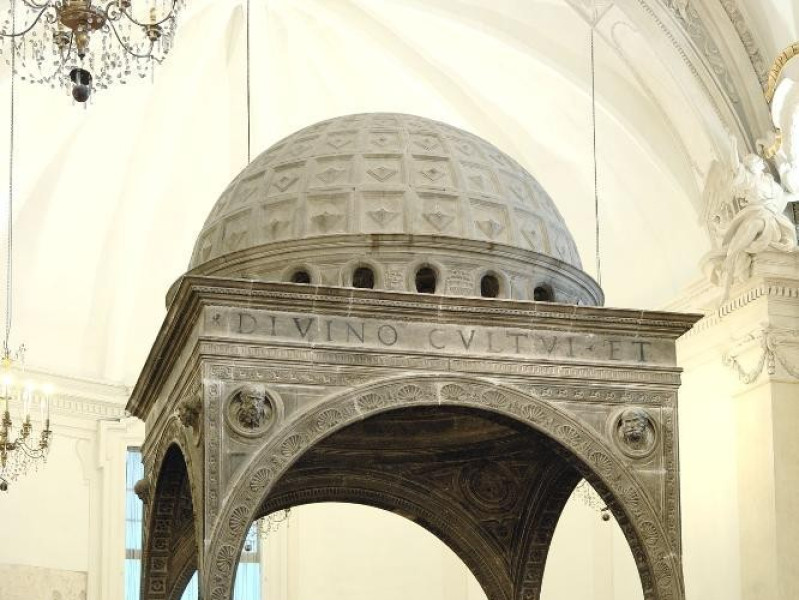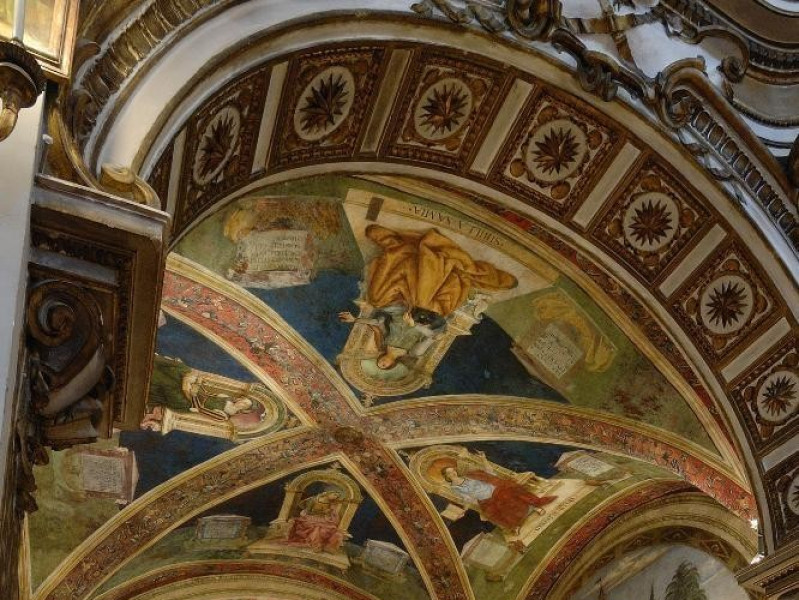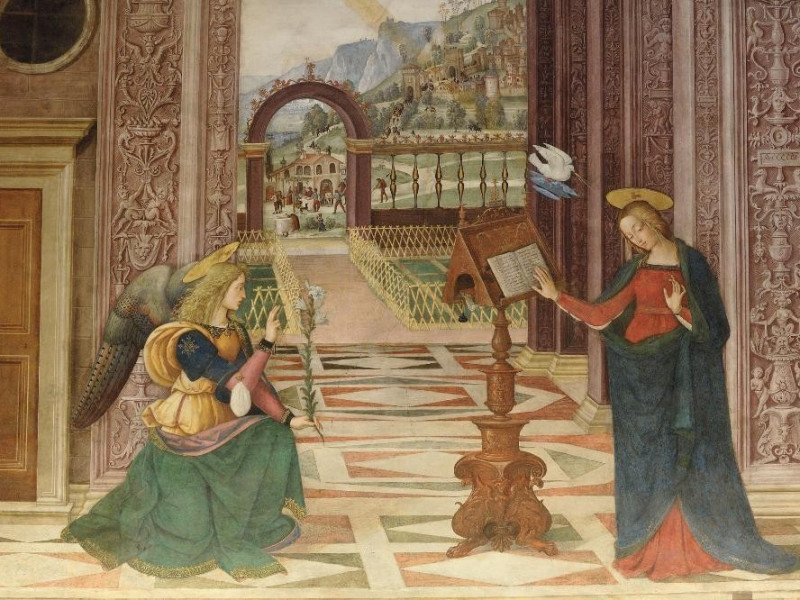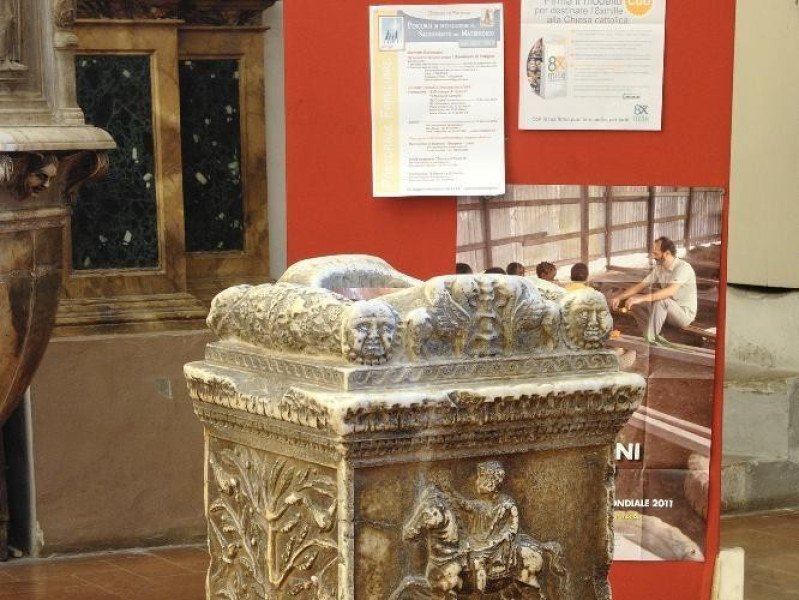Luogo - Religious building
Collegiata di S. Maria Maggiore
Where
Piazza Matteotti, 18, Spello (Perugia)
Collegiata of Santa Maria Maggiore
Although founded in the 11th and 12th centuries, the Church of Santa Maria Maggiore shows a façade—realized on the occasion of the enlargement of the edifice—that dates back to 1644. It is worth noting the entrance doorjambs with their acanthus vine frieze, the work of stonemasons active in the 12th and 13th centuries between Foligno and Bevagna and, in part, attributed to some masters from Spoleto. The church floor plan has the shape of a Latin cross and has a cross-vaulted nave. In the second half of the 17th century, seven altars and a rich plaster—stucco—decoration were added. On the altars, there are many works ascribable to the 17th century. At the entrance, on the right, the Roman funerary marble of Caius Titienus Flaccus is re-used as a water stoup; it has been there since the 15th century. Next to it there is a baptismal font in the shape of a pix, a work of Gasparino Val di Lugano (1509-1511).
Along the left wall, after the second altar to the left, there is the Baglioni Chapel, commissioned in 1500 by Troilo Baglioni to the artist Bernardino di Betto, better known as Pinturicchio (Perugia, 1452 approx. – Siena, 11 December 1513). Its floor is richly decorated with 1566 majolica tiles from Deruta. The chapel is entirely fresco decorated by Pinturicchio, starting from the vaults there is: The Enthroned Sibyls, Tiburtine, Erithraean, European, and Samian; on the wall to the left The Annunciation with the artist’s Self-portrait and signature; on the back wall The Adoration of the Shepherds and the Arrival of the Magi; and on the wall to the right The Dispute Among Doctors at the Temple.
Along the left wall, it is also worth pointing out the sandstone Renaissance Pulpit of the artist Simone da Campione (1545). The Main Altar is covered by a Ciborium—a covered tribune supported by columns—sculpted in caciolfa limestone by Rocco di Tommaso da Vicenza (1515). In the Tondi—rounded frames—there are eight terracotta busts, the Prophets (1562), by the artist Giandomenico di Carrara. Close to the pilasters on the sides of the apse there are two works of Perugino, on the left Pieta, SS John the Evangelist and Mary Magdalene, removed from an unknown location and dated 1521, and to the right The Madonna with Child, SS Catherine of Alexandria and Biagio, removed from an unknown location, also dated 1521.
